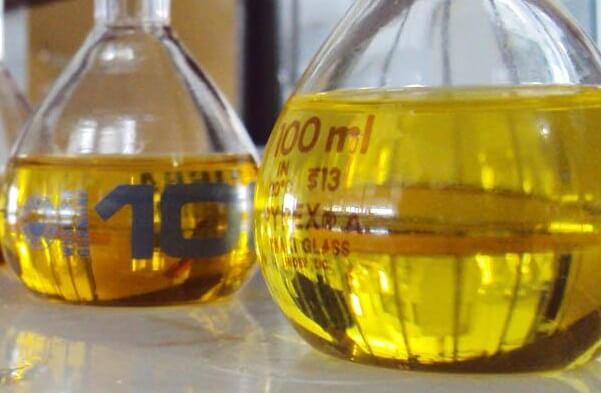Being Selective is important (for testing microbes)
This blog post isn't about quite what you might think. We're talking about microbial testing. Today's stored fuels require a lot more upkeep than the...

With all the changes to today's fuels, microbial contamination is fast trending towards being the #1 most common problem with stored fuel. The market has responded with more options that allow fuel users to test their stored fuels for microbial contamination on-site. This is a great development, as sending fuel samples off to a lab for testing is a hassle and takes too long (not to mention it can be expensive).
Those needing to test their stored fuel (and other industrial liquids) for microbial contamination now have more choices. In-field tests have definite appeal, but which to choose? There are dip slides, gel culture bottles, and even liquid culture bottles that turn red depending on how many microbes you have.
All of these are versions of the standard culture test, the oldest microbial test in the lexicon. They are in-field, or "on-site", versions of the laboratory standard "culture plate test". You start with a growth medium to use as food for microbes. This medium is inoculated with a sample containing microbes (like a sample of fuel from your storage tank), and the microbes multiply while feeding on the growth medium. If enough time passes, enough microbes grow such that you can obtain an indication of the level of microbial presence that was in your sample.
We say "you can obtain an indication" because what exactly you see depends on the kind of culture test. For dip slides and gel culture tests, they show up as individual cultures that can be counted. For liquid culture tests, they typically will have a color indicator that changes color in response to how many microbes grow and produce waste products. The results differ in presentation depending on the type of culture test.
These are microbe tests at their simplest; yet, their simplicity can be deceiving. The average user, unskilled in the ways of microbiology, may have no reason to suspect that there are major confounding problems in how culture tests are run. These confounding "factors" work together to throw into question a culture test's accuracy and reliability.
A big one is the issue of time. Culture tests need time to grow, time for the microbes from your sample to reproduce themselves and show up in the test. This creates a couple of issues. First, the simple fact that you have to wait x number of days to get your results. This limits the usefulness of your results in situations where real-time decisions need to be made.
Time plays a role in another potential problem. Since culture tests rely on microbes reproducing themselves, they need enough time for all the different kinds of microbes in the sample to divide and reproduce enough times to form visible colonies of growth. For the typical microbes, that's 30 generations of division. How long this takes depends on the microbe. Some microbes divide every 45 minutes. Some go faster, but many go slower than that. There are some microbes found in fuel systems that can take 6 hours to divide, maybe longer. For them, you'd be waiting 7-8 days for a colony to form. Yet, most culture tests specify reading results after only 3 or 4 days. That's not enough time for these microbes to show up in the test.
Worse yet, you don't KNOW what the optimal growth time is. If you don't know that 3-4 days actually wasn't enough time and you stop the test, you'll get a false negative - the microbes that were in your sample didn't show up as cultures, so you didn't count them. As far as the test goes, they weren't in there in the first place. And yet they were...
That's an area of concern for microbial culture tests. People want results as soon as possible. Sometimes this desire can run up against the limits of the real world. Microbial culture tests specify 4 days for results because they know consumers are impatient. Impatience can be the hobgoblin that breeds inaccuracy.
Culture tests like these do have some "pros" - they're simple to administer and use. And some of them do use different growth mediums that are optimized for different kinds of microbes. But if you're going to go through the time and trouble and financial outlay to do the right thing for taking care of your stored fuel, you may want to look into better options. Options like ATP-By-Filtration testing, where you get results in minutes instead of days, and your results aren't subject to the outside influences of times that can severely compromise the accuracy of your results with culture tests.
This blog post isn't about quite what you might think. We're talking about microbial testing. Today's stored fuels require a lot more upkeep than the...

As a service to our customers, dealers and friends, Bell Performance hosts quarterly webinars on fuel topics of interest to their friends and their...

For many years, no matter what industry you were in, microbial fuel contamination was a guessing game. We all know microbes are out there, and it’s...